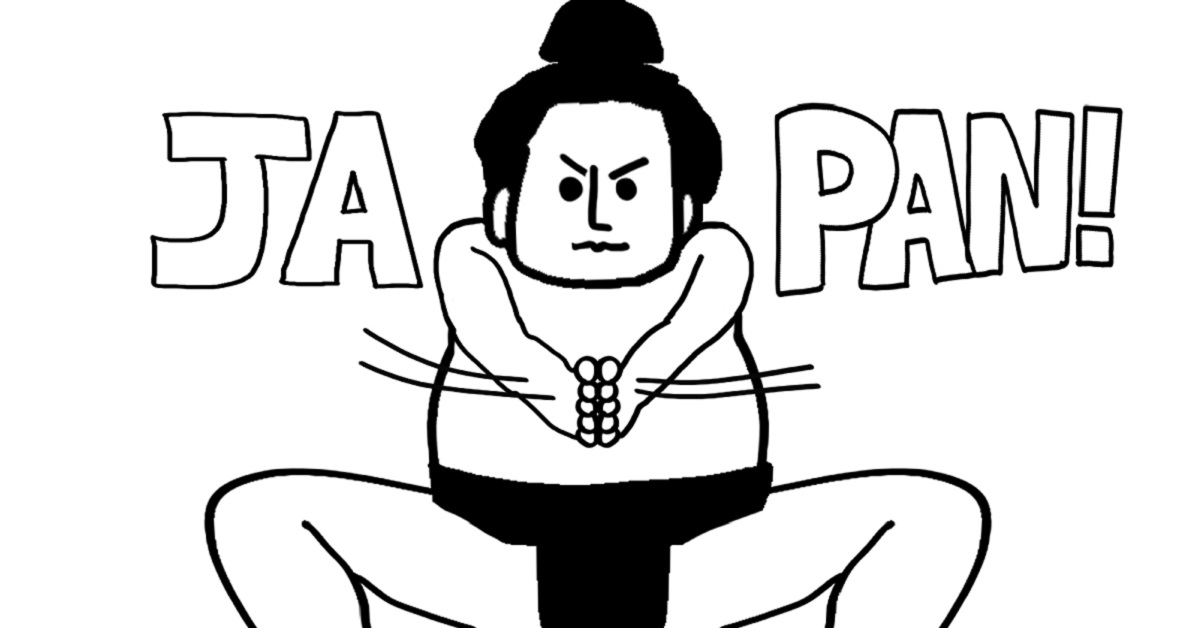Sumo wrestling is more than a sport—it’s a deeply rooted cultural tradition. Among its intricate ranking system, “Sanyaku” stands out as a symbol of prestige, skill, and readiness to ascend to the highest tiers. Understanding what Sanyaku represents helps newcomers appreciate the structure and spirit of sumo competition.
What Is “Sanyaku”?
Sanyaku refers to two key ranks in sumo: “Sekiwake” and “Komusubi”. Although “Ozeki” was historically included as part of sanyaku, today it is recognized as a separate, higher status. Within the top division (Makuuchi), these two ranks are positioned just below “Ozeki” and “Yokozuna”, playing a critical role in the structure of the sumo hierarchy.
The table below shows the current ranking structure:
| Rank | Description |
|---|---|
| Yokozuna | The ultimate rank, expected to win consistently |
| Ozeki | Promoted from sanyaku, requiring stability and skill |
| Sekiwake | Part of sanyaku; a stepping stone to Ozeki |
| Komusubi | Part of sanyaku; a rank for developing and rising wrestlers |
| Maegashira | The bulk of top-division wrestlers, aiming for promotion |
Being ranked in sanyaku is a strong indicator of a wrestler’s strength and potential. Wrestlers in these ranks frequently face the top wrestlers, and their performance is under constant scrutiny both in and out of the ring.
Promotion Criteria for Sanyaku
Promotion to sanyaku requires more than just winning records. The quality of victories, the rank of opponents, and overall performance are taken into account. The table below summarizes the general criteria:
| Rank Promoted To | Key Conditions |
|---|---|
| Komusubi | Double-digit wins at upper Maegashira; strong fights vs. top ranks |
| Sekiwake | Winning record at Komusubi; high-quality performance |
| Ozeki | Around 33 wins over 3 tournaments at Sekiwake, plus character |
Below are the key elements considered in evaluations:
| Evaluation Factor | Description |
|---|---|
| Match Record | Number of wins and quality of opponents |
| Match Content | Variety of techniques, aggressiveness, stamina |
| Consistency | Sustained performance over multiple tournaments |
| Demeanor & Attitude | Sportsmanship, training discipline, fan interaction |
Promotion is based on comprehensive evaluation, making character and match quality just as vital as the win-loss record.
Roles and Responsibilities of Sanyaku Wrestlers
Sanyaku wrestlers are not only expected to perform well, but also to serve as role models in the sumo world. They take part in regional tours, interact with fans, and often take leadership roles in their training stables.
The table below outlines their key responsibilities:
| Area | Role Description |
|---|---|
| On the Dohyo | Display clean techniques, composure, and humility |
| Off the Dohyo | Maintain proper conduct, discipline, media presence |
| Mentor Role | Guide younger wrestlers, set a strong example |
| Community Role | Participate in tours, connect with local communities |
Being in sanyaku amplifies both the wrestler’s visibility and expectations. Their actions are closely watched, and they must carry themselves with dignity and respect.
Sanyaku Compared to Other Ranks
The sumo ranking system is structured with clear criteria and roles for each tier. Below is a comparative overview:
| Rank | Features and Role |
|---|---|
| Yokozuna | Sacred status, expected to retire after repeated losses |
| Ozeki | Former sanyaku wrestlers; can be demoted if underperforming |
| Sekiwake/Komusubi | Face top-ranked opponents, represent upper-tier performance |
| Maegashira | Majority of top division; wide variability in skill levels |
Sanyaku acts as the bridge between Maegashira and the highest ranks. It’s both a goal and a test—only consistent excellence secures one’s place.
Sanyaku from a Foreigner’s Perspective
For foreign-born wrestlers, achieving sanyaku status is a milestone that reflects not only skill but also cultural adaptation and perseverance. They overcome language barriers, adjust to traditional Japanese customs, and endure a demanding lifestyle within sumo stables.
The table below summarizes the challenges and how they are overcome:
| Challenge | Description |
|---|---|
| Language Barrier | Required for training, daily life, and communication |
| Cultural Adjustment | Following strict sumo traditions, etiquette, and hierarchy |
| Physical Adaptation | Building the physique and mastering sumo-specific techniques |
| Social Recognition | Earning respect from fans and media in a foreign country |
Their rise to sanyaku often makes headlines in their home countries and contributes significantly to the global popularity of sumo.
Conclusion
Sanyaku represents the ranks of Sekiwake and Komusubi, prestigious positions that demand strength, consistency, and character. Wrestlers aiming for these roles must meet strict criteria not only in match results but also in sportsmanship and cultural values. As international wrestlers continue to succeed, sanyaku now carries global significance as a symbol of excellence in sumo.
Understanding the role and meaning of sanyaku deepens one’s appreciation of sumo—not just as a sport, but as a rich tradition filled with drama, honor, and discipline.





コメント